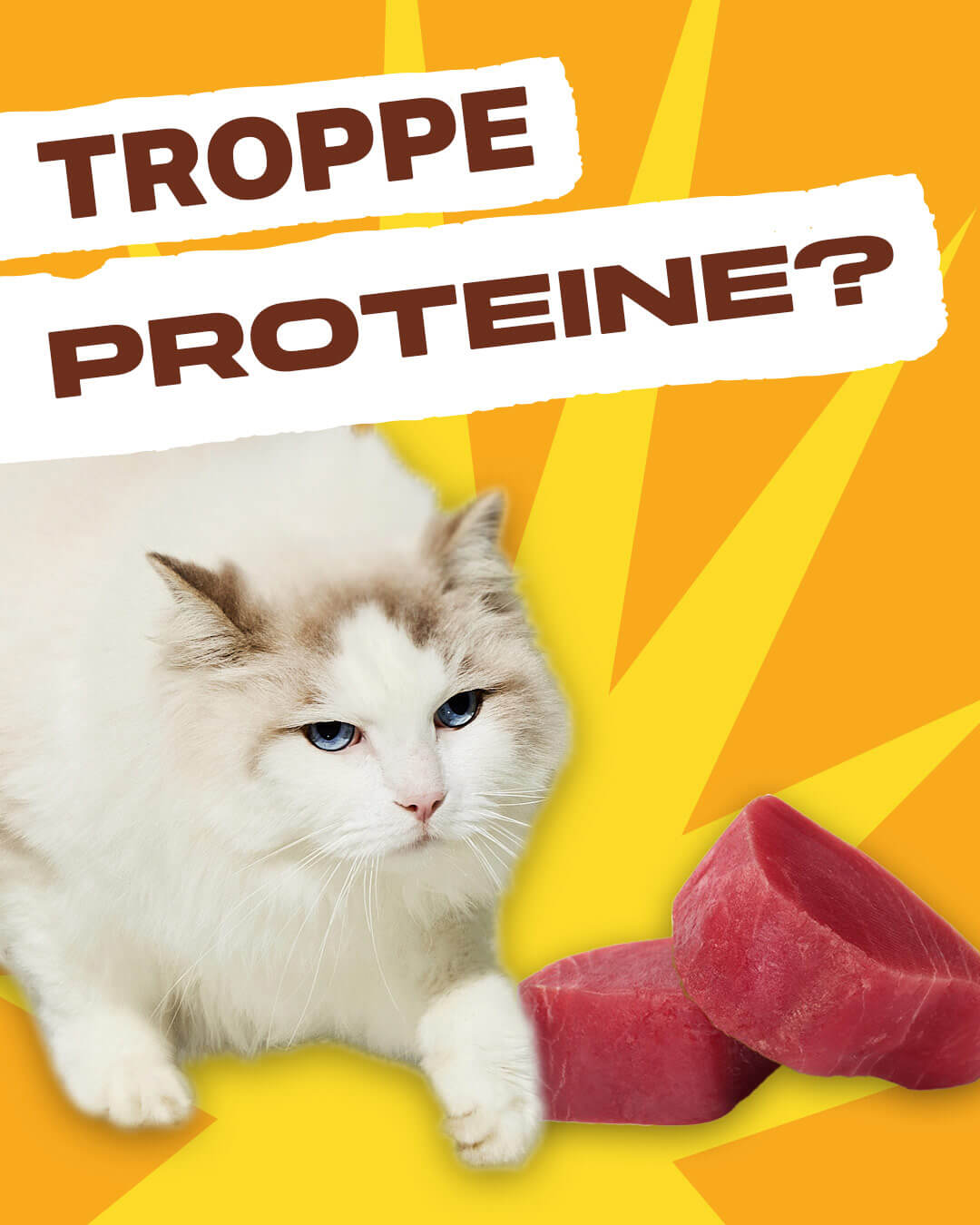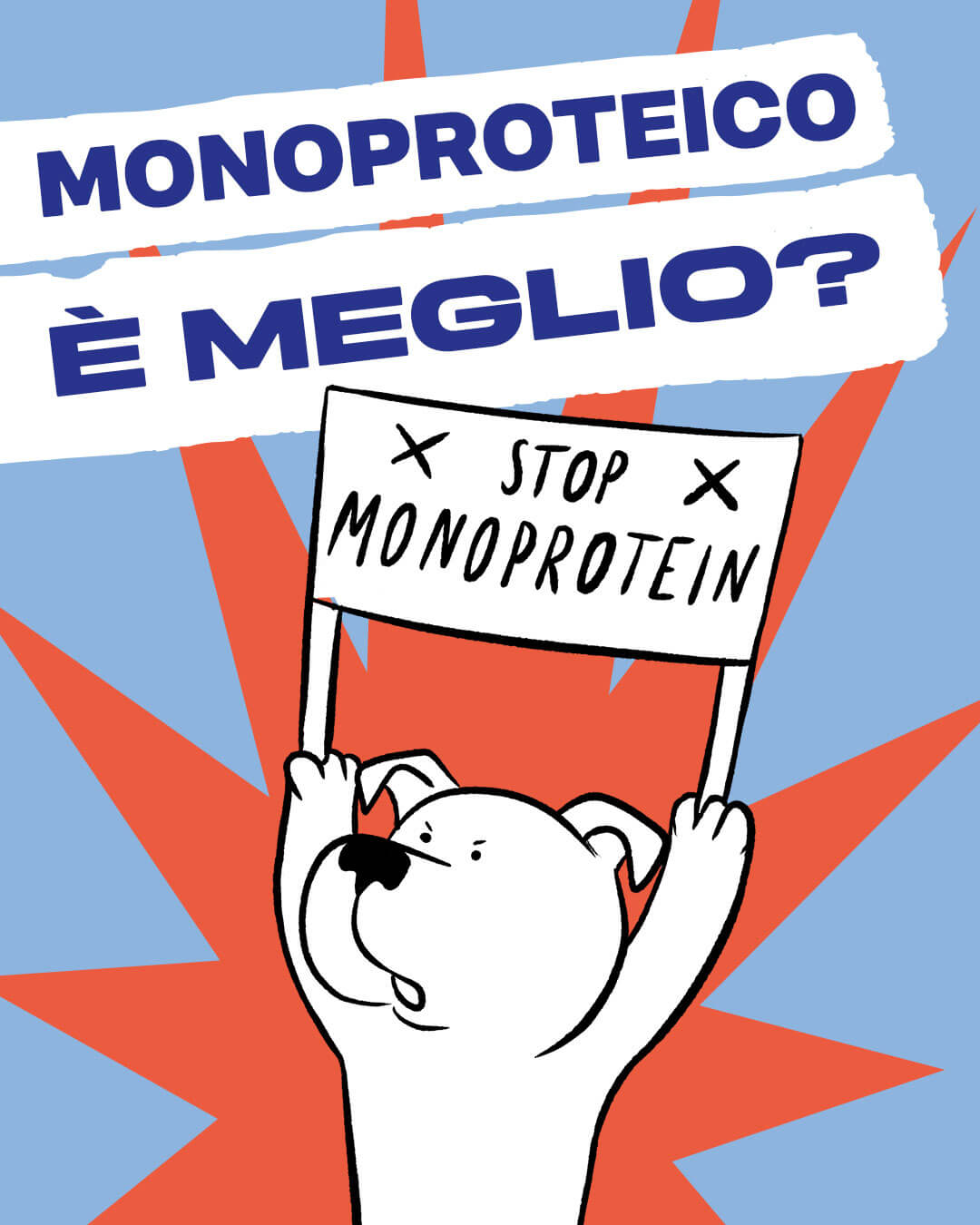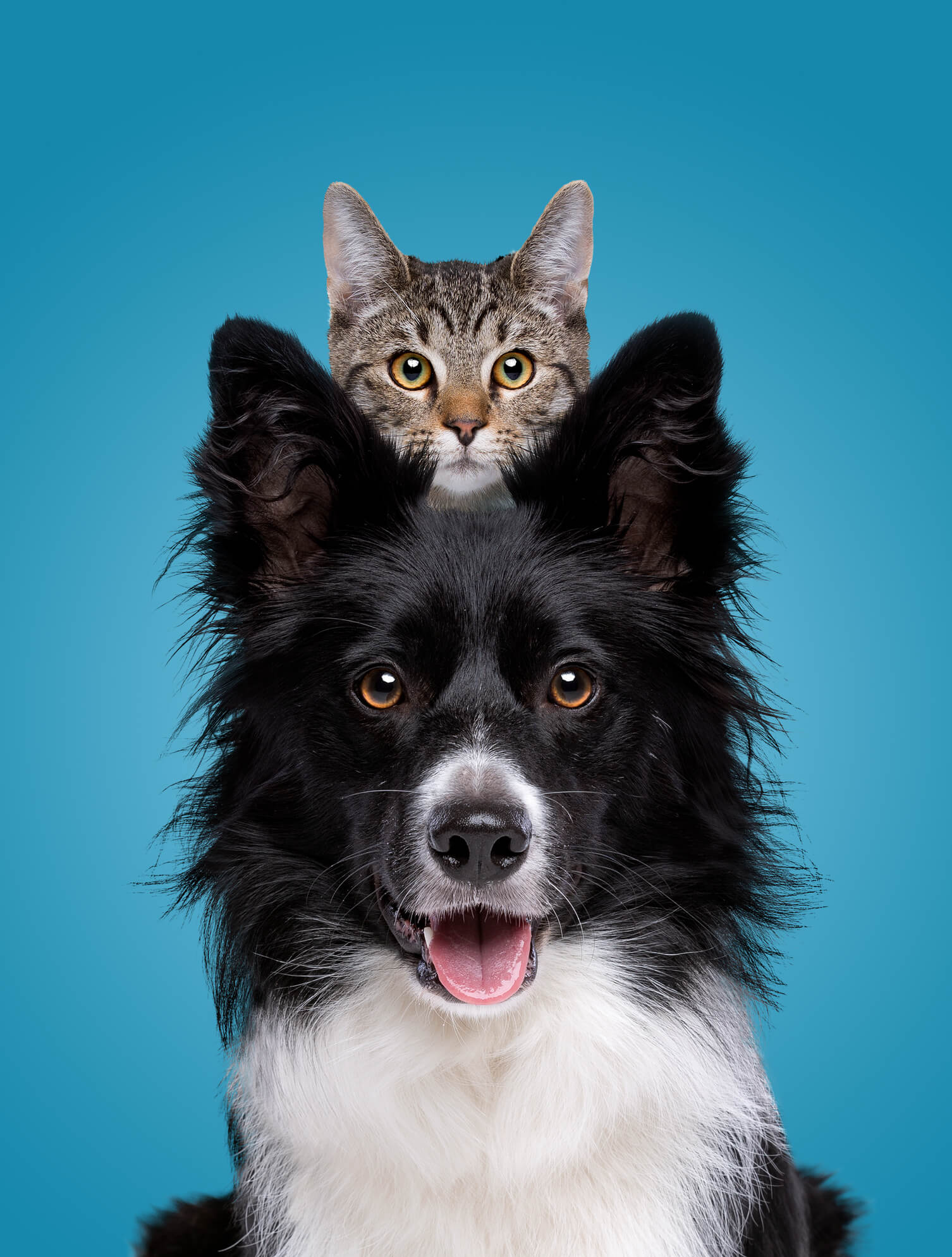NO, DOG AND CAT KIBBLE ARE NOT THE SAME….
From the dietary point of view, the dog could be considered a “non-obligate carnivore,” while the cat is an “obligate carnivore,” but you all know that. Now I’m going to tell you some things that probably not everyone knows.
WHAT ARE THE PHYSIOLOGICAL DIFFERENCES BETWEEN CATS AND DOGS
1) The cat needs to eat more protein than the dog.
The minimum protein values accepted in an adult cat’s food should be around 30 percent of dry matter, while in the adult dog the minimum protein on dry matter can drop to around 20 percent.
It follows that if a cat regularly eats dog food it may not meet its minimum protein requirements and in the long run have major deficiencies for growth and maintenance.
2) The cat must take an amino acid called Taurine
Taurine is a sulfur amino acid that has very important functions in vision (at the retinal level), in cardiac (myocardial) contractility, and in the nervous system. In addition, it is a component of bile that is used to digest fats and thus assimilate fat-soluble vitamins.
Taurine is found primarily in meat but is still often added in commercial cat foods if they fail to meet the minimum recommended values.
the dog, on the other hand, is able to synthesize taurine from other amino acids (methionine and cysteine).
3) Different utilization and metabolization of essential fatty acids.
But what are they? Where can they be found? And why are they called essential?
They are constituents of dietary ingested fats. They serve to build the membrane of all cells and are crucial in some metabolic and inflammatory processes. Their presence is critical to the health of our pets.
There are a great many fatty acids but the most important, precisely called essential, are in dogs and cats these below:
Linoleic acid and arachidonic acid, which are in the Omega 6 family
Alpha-linolenic acid EPA and DHA, which are Omega 3s instead.
In the adult dog, alpha-linolenic acid can be converted, albeit with difficulty, into EPA and DHA, and linoleic acid can be converted into arachidonic acid.
The cat, on the other hand, presenting almost no delta6-desaturase enzyme activity, fails to make this last conversion; in fact, in this species there is a minimum amount of arachidonic acid that the animal must take in by diet at all stages of its life, whereas in the dog the recommended values have a minimum only for linoleic acid. This is present in abundance in vegetable oils for example. This is why it is preferable to give a supplement of vegetable oils in our animals’ diet rather than olive oil, which is less rich in linoleic acid.
The main symptoms of an essential fatty acid deficiency include scaly skin, poor coat quality, skin lesions, alopecia, impaired reproductive function, and in the puppy, growth retardation.
So I hope I have made it clear that the dog and cat are animals with different needs from a dietary point of view. Therefore, if we talk about complete dry foods, these two pets must have foods dedicated to their characteristics.









